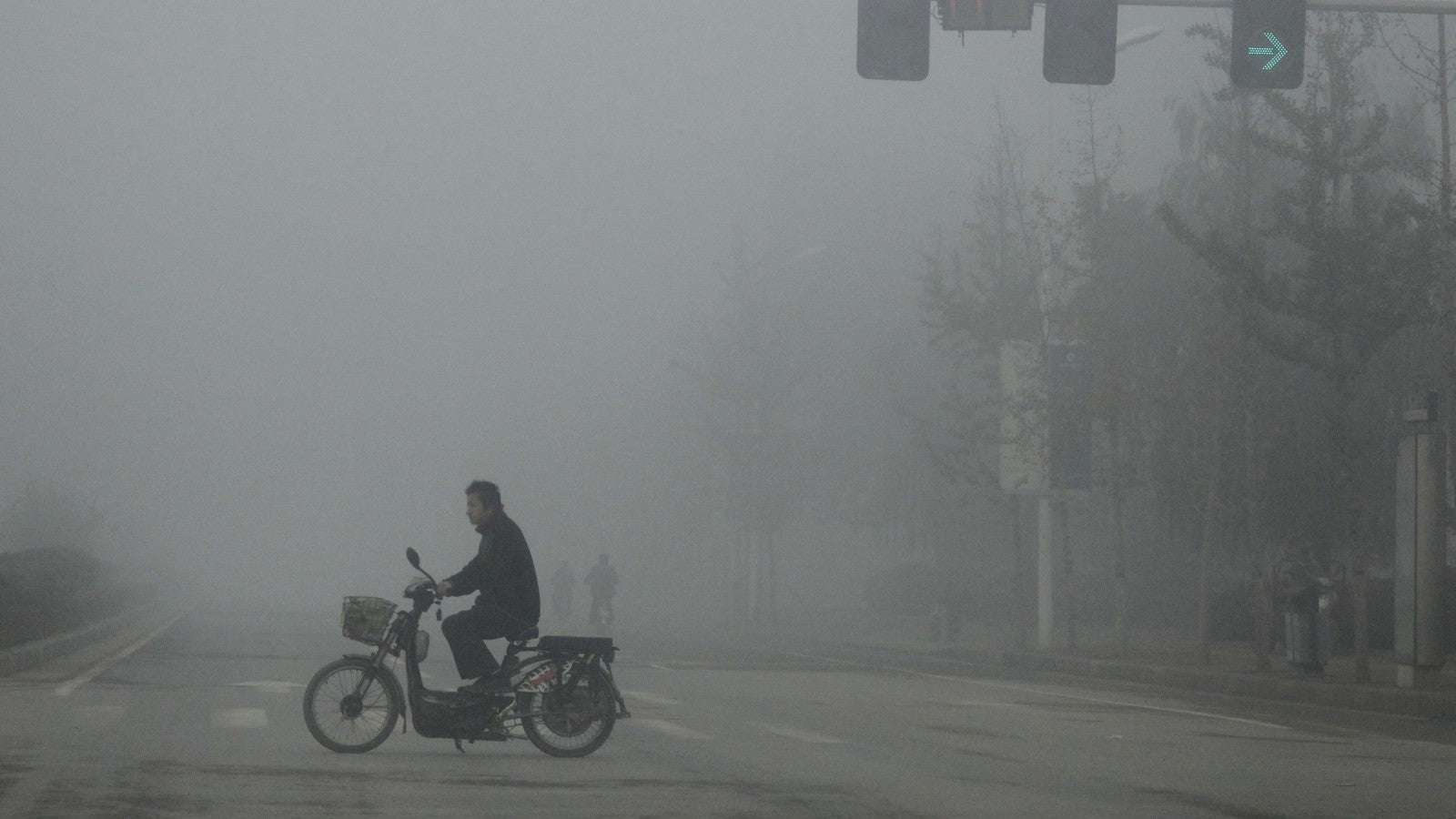China’s new carbon market is a huge opportunity and a potential disaster
China, the world’s biggest polluter, is about to put a price on the carbon it emits. Today (Sept. 25) it announced the creation of a nationwide carbon-trading program.


China, the world’s biggest polluter, is about to put a price on the carbon it emits. Today (Sept. 25) it announced the creation of a nationwide carbon-trading program.
These ”cap and trade” policies have massive potential to mitigate climate change, and a huge economy like China’s committing to a system for limiting emissions could mark a turning point in the world’s effort to limit the effects of climate change. But missteps making carbon markets work are legion—and China could be more susceptible than most to the pitfalls.
The European Union introduced the world’s most ambitious cap-and-trade program in 2005, but with member states eager to protect domestic industries, the market was initially flooded with far too many emissions permits. This glut led to rock-bottom prices for emission permits, giving little incentive for companies to cut pollution. The global financial crisis put another big dent in the market’s credibility, and the EU has been patching it up, with mixed success, ever since.
Australia, meanwhile, opted for a simpler solution. It levied a tax on carbon emissions in 2010, after years of debate. But in a country powered mainly by coal and with a powerful mining lobby, the tax didn’t stick, and was repealed in 2014.
The good news for China is that it can learn from the mistakes of others, as well as from newer and potentially better-designed schemes in South Korea and California, which delegates visited this week as part of a visit to the US by Chinese president Xi Jinping. Since 2012, China has piloted (paywall) regional emissions trading systems in seven provinces, getting a feel for how a Chinese version of a carbon market might function.
China has already shown itself capable of moving quickly from the coal that now powers much of its industry to less dirty forms of energy. Last year, it became the world’s biggest installer of renewable energy sources—an about-face from the 1990s, when it refused to sign up to binding emissions reductions targets. It has ambitious plans to build and export low-carbon nuclear technology.
But some of the biggest shortcomings of cap-and-trade systems could be exacerbated by China’s administration.
The EU’s attempt to foster a market for emissions permits was undermined by heavy-handed government intervention, with a push by each country to protect its own companies leading to a collective oversupply of credits. China might benefit from a more homogenous team making decisions about emissions targets and permits. But it will also have to avoid coddling industry. During the country’s recent economic downturn, Beijing readily stepped in to support markets and businesses in a big way.
Regardless of how it’s run, the very fact that China is launching a plan could be good for the climate. The US, another massive polluter which has mooted but not introduced a cap-and-trade program, will no longer be able to cite Chinese inaction as an excuse for its own.